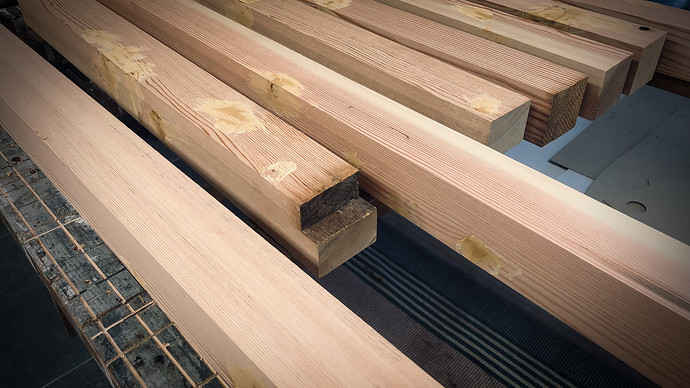It’s been 225 DAYS since my package arrived from @vicious1 and that seems like a long time, but to put that in perspective, I’ve been lugging around the old bits of carport timber to make the base for 25 years!
I think this time I might have started.
